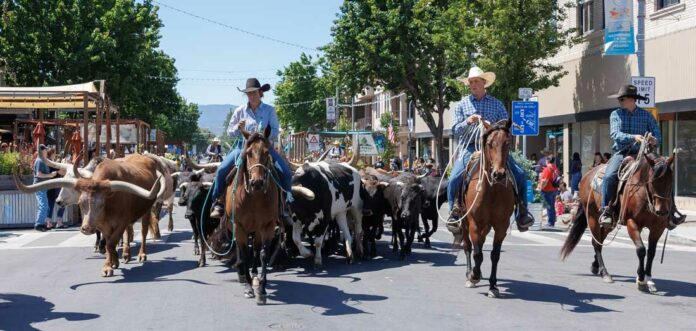
The 89th annual San Benito County Saddle Horse Show and Rodeo is slated to take place this weekend, June 23-25, at Bolado Park in Tres Pinos.
The three-day event features not only traditional rodeo events that are staples of the long-running festivities that promote the county’s deep agricultural heritage, it also includes live musical performances, Cowboy BBQ Dinner and Auction, wine and beer tasting and the Saddle Horse Museum.
Free events during rodeo weekend include the daily Team Roping eliminations and the Western Art & Equipment Show, according to the rodeo’s website.
Rodeo festivities began earlier this month as participants and organizers have built up to the three-day show at Bolado Park. The Miss San Benito Rodeo Contest took place June 3.
June 17 was the annual Saddle Horse Show Downtown Parade, which took place on San Benito Street in Hollister. Dozens of parade entrants included horseback riders, ranch operators, tractor drivers, school groups, marching bands, public safety representatives, local clubs and public officials.
The San Benito County Saddle Horse Show & Rodeo began in 1929 “as a weekend of fun and challenge for hard-working cowboys and ranch hands,” says the rodeo website.
“Organized by a group of local businessmen, community leaders and prominent ranchers, the rodeo has operated every year for generations except for four years during World War II,” the site continues. “The show started with 25 original directors, and today that number still oversees the yearly show and day-to-day operation of the Association.”
Tickets for rodeo weekend cost $15 for adults and $10 for children, and can be purchased on the rodeo’s website, sanbenitocountyrodeo.com.
Bolado Park is located at 9000 Airline Highway in Tres Pinos.
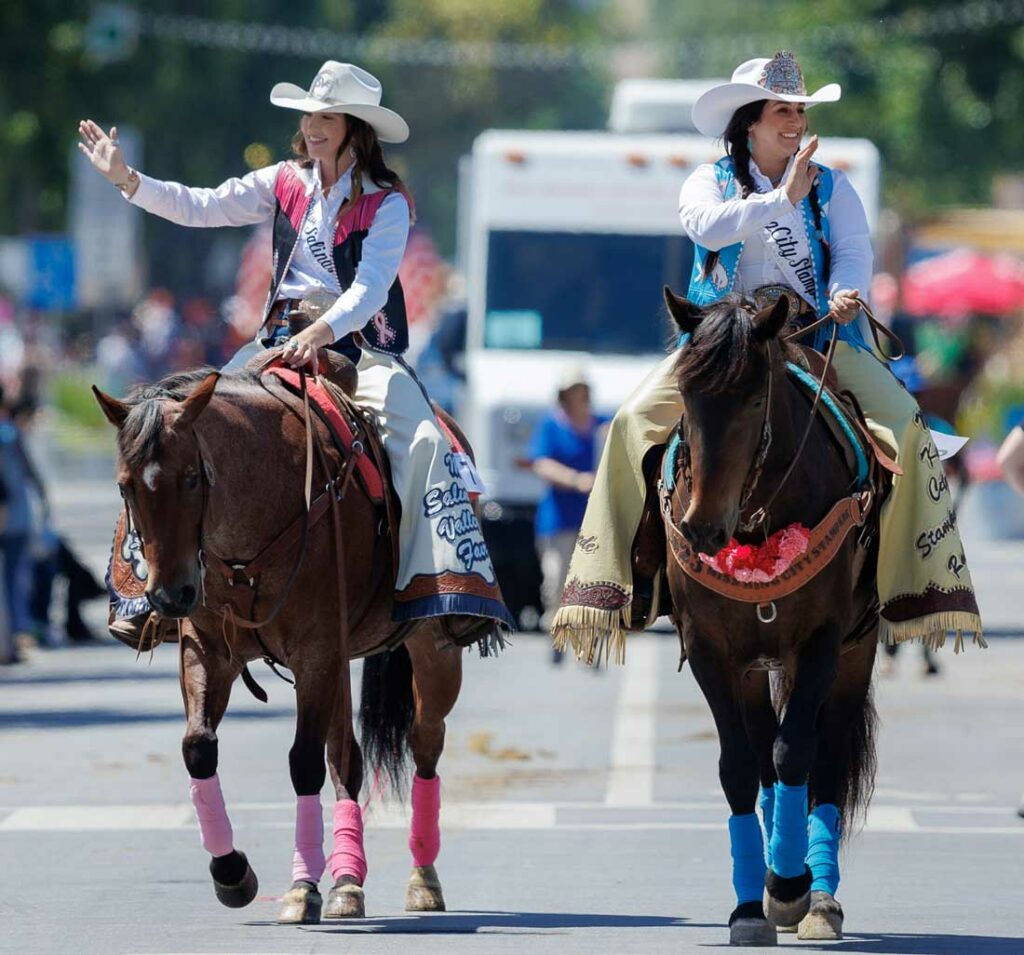
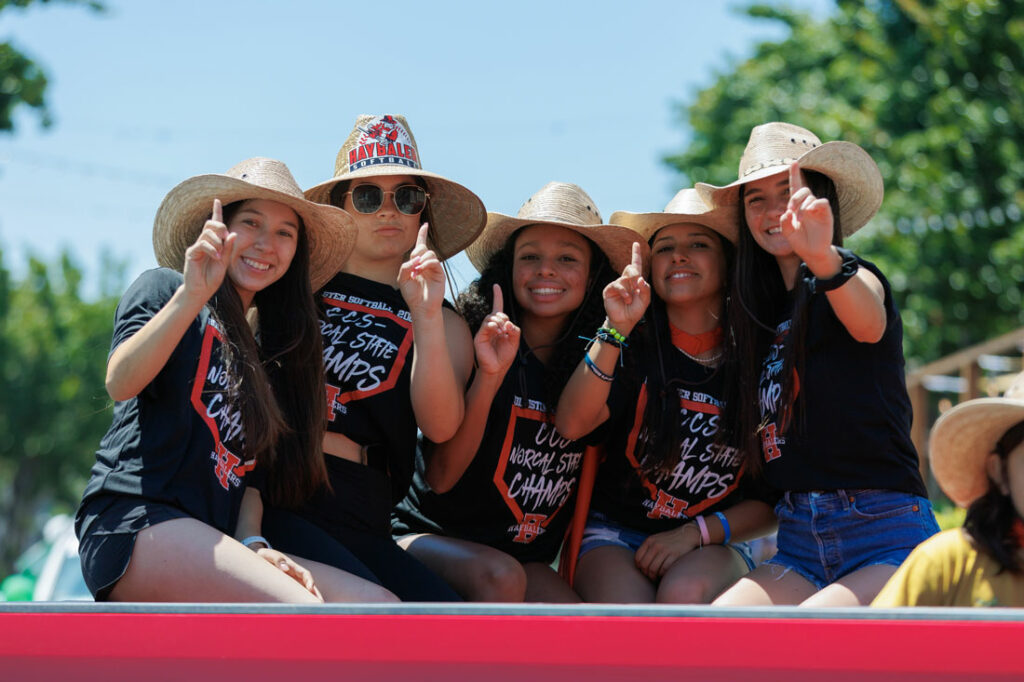
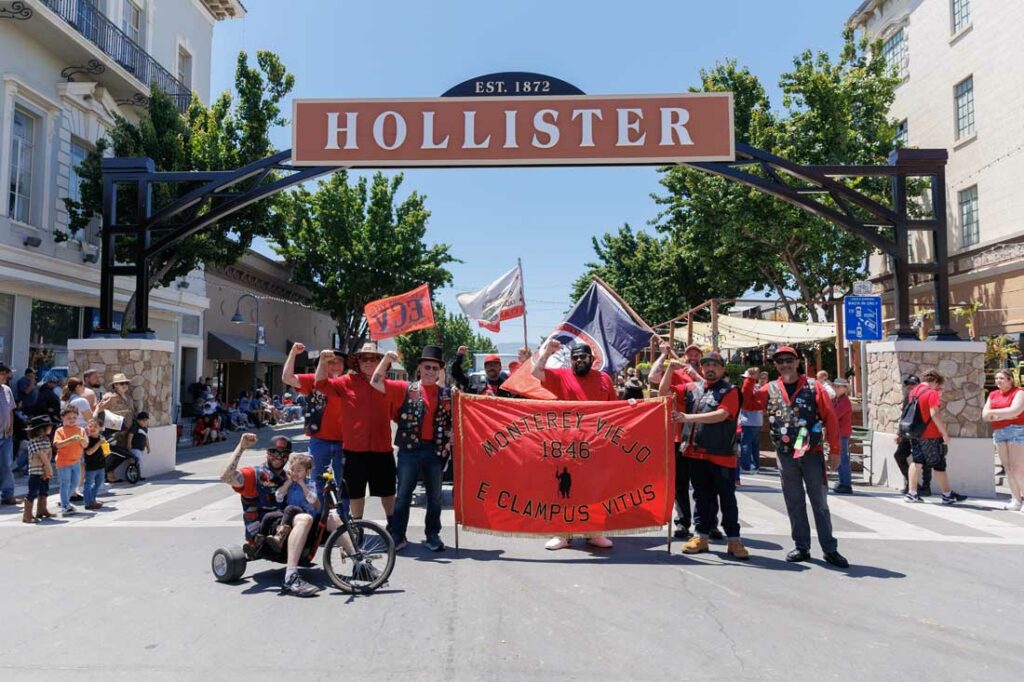
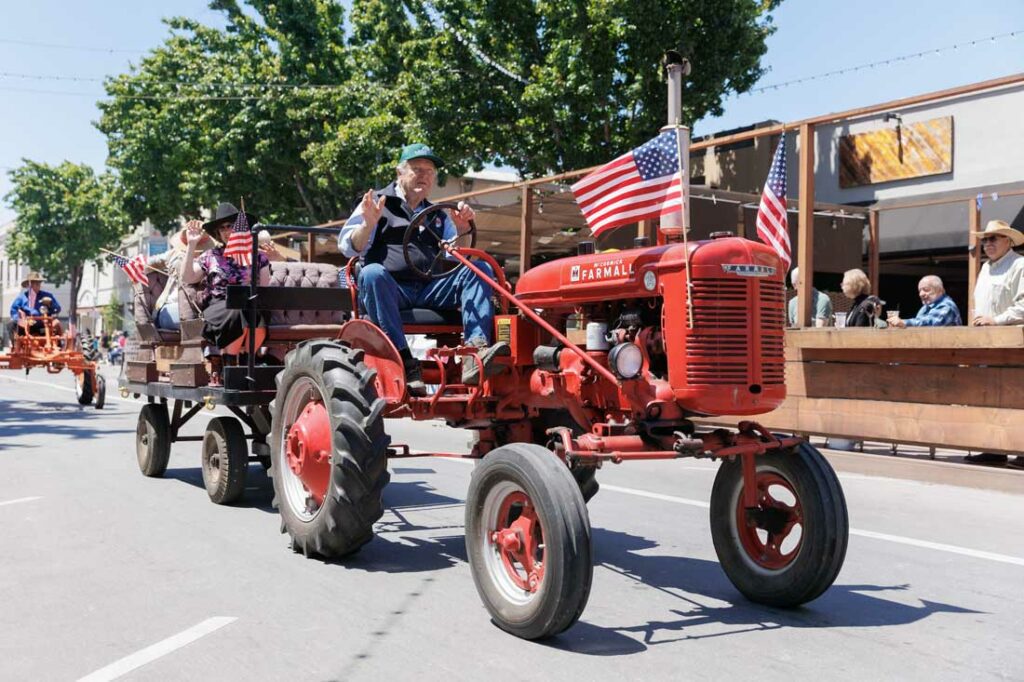
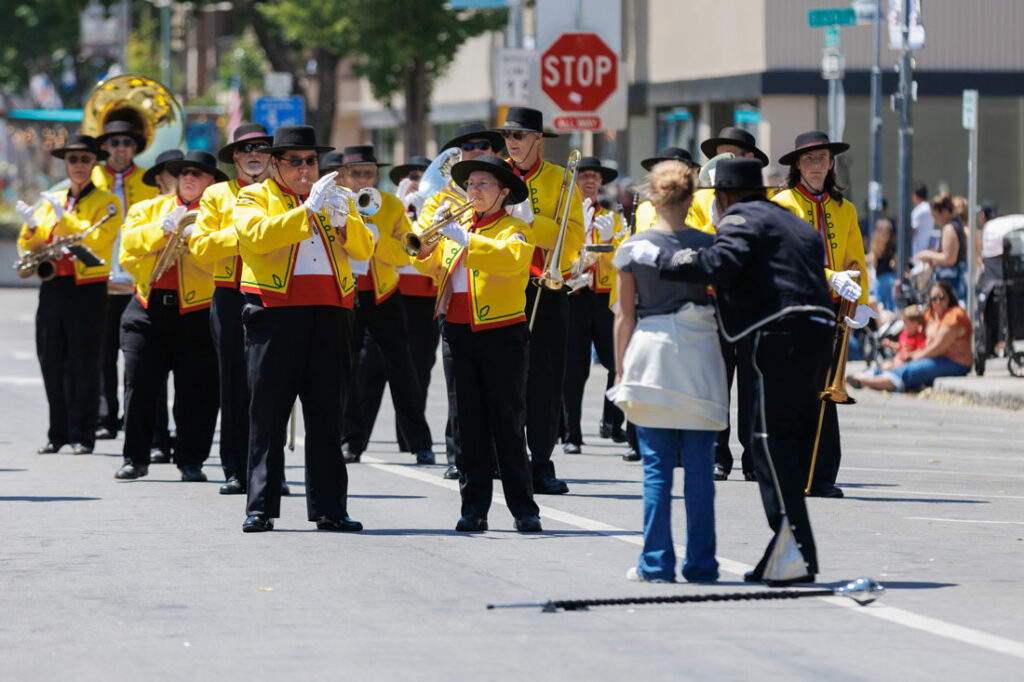



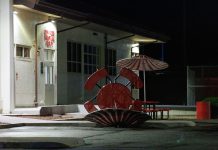
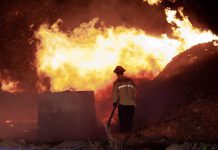





Rodeo is condemned by nearly EVERY animal welfare organization in North America due to its inherent cruelty. Rodeo has almost NOTHING to do with ranching. For most of the animals, the rodeo arena is merely a detour en route to the slaughterhouse. Real working ranch hands never routinely rode bulls, or rode bareback, or wrestled steers, or barrel raced, or practiced calf roping (terrified BABIES!) as a timed event. Nor did they put irritating flank straps on the horses and bulls or work them over in the holding chutes with painful “hotshots,” kicks and slaps. Some “sport”! Indeed, rodeo is not a true “sport” at all. Rather, it’s a bogus, macho exercise in DOMINATION. It needs to end. And the media needs to stop promoting this blatant cruelty. I was present at the 1995 California Rodeo/Salinas when FIVE animals suffered and died, all in the name of “entertainment.” Only in the aftermath of the mayhem did the PRCA adopt a rule requiring on-site veterinarians at all their events. The great majority of the estimated 5,000-10,000 U.S. rodeos don’t provide even this basic care, and animal injuries and deaths are commonplace. Even Cesar Chavez was an outspoken critic; ditto Pope Francis.
The United Kingdom (England, Scotland, Wales) outlawed rodeos back in 1934, followed by Germany and the Netherlands. Can the U.S. be far behind? Rodeo has had its brutal day and now–like those Confederate statues–belongs in the Dustbin of History, R.I.P. BOYCOTT ALL RODEOS, THEIR ADVERTISERS & SPONSORS. FOLLOW THE MONEY.
See prize-winning rodeo documentary, “BUCKING TRADITION” – free on YouTube
x
Eric Mills, coordinator
ACTION FOR ANIMALS – Oakland
Tormenting animals for “fun” in the rodeo is condemned by anyone with a conscience.
As a former bareback bronc rider, pathologist and large animal veterinarian, I have both the experience and autopsy proof that rodeo injures and kills animals. Dr. Robert Bay from Colorado autopsied roping calves and found hemorrhages, torn muscles, torn ligaments, damage to the trachea, damage to the throat and damage to the thyroid. These calves never get a chance to heal before they are used again. Meat inspectors including Drs. Haber and Fetzner who processed rodeo animals found broken bones, ruptured internal organs, massive amounts of blood in the abdomen from ruptured blood vessels and damage to the ligamentum nuchae that holds the neck to the rest of the spinal column.
Dr. C. G. Haber, a veterinarian with thirty years of experience as a USDA meat inspector, stated “The rodeo folks send their animals to the packing houses where I have seen cattle so extensively bruised that the only areas in which the skin was attached was the head, neck, legs, and belly. I have seen animals with six to eight ribs broken from the spine and at times puncturing the lungs. I have seen as much as two and three gallons of free blood accumulated under the detached skin.”
Animals and humans share the same pain and fear centers in the brain. The fear center is the amygdala. The pain centers are the pre-frontal cortex and the hypothalamus. Animals feel pain and fear the same as humans!
As a former state criminal lawyer, we prosecutors have all had cases where criminals have abused and tortured animals before abusing or killing humans. What are we teaching our children when we cheer when a calf roper knocks down and drags by the neck a bawling calf? Kids cry at rodeos. Time to end animal abuse at rodeos.
“Cowboys, sensing—like gorillas—that their time has passed, cling evermore
ever desperately to anachronistic styles, not willing to admit that the
myth has degenerated, the traditions eroded to a point where attempting
to sustain them falls somewhere between silliness and the outright
ridiculous. (–Larry McMurtry, in the book, RODEO, Aperture Books, NYC,
1994) NOTE: McMurtry is author of “Lonesome Dove,” a rodeo cowboy
favorite.
“No one on a working ranch would ever have any reason (or desire) to
ride a bull, Brahma or otherwise. No one would ever be required to race
a horse around three triangularly placed barrels, an activity that
quickly ruins the horse for more productive activity. Bull riding and
bqrrel racing are rodeo kabuki—their relation to anything that might
happen on a ranch is confined to costume.” (–Ibid.)
“If ever there were a completely gratuitous abuse of animals, and often
baby animals at that, all done for the sheer thrill and bravado of it,
it is rodeo.” (–Matthew Scully, in his 2002 book DOMINION. Scully
is a former speech writer for Pres. George W. Bush.)
“Do I think it hurts the calf? Sure I do. I’m not stupid.” (–Keith
Martin, chair of the board, PRCA. In the 2/6/2000 SanAntono Express
News, “Choosing Champions,” by reporter Elizabeth Allen)
“Yeah, I accidentally killed and injured lots of calves when I was
learning. I mean, I plain roped their heads off.” (–a PRCA calf
roper, “The mud, the blood & the poop,” by PRCA reporter Gvin Ehringer,
Colorado Springs Independent, August 19, 2004)
“The single worst thing you can do to an animal emotionally is to make
it feel afraid. Fear is so bad for animals I think it’s worse than
pain.” (–Dr. Temple Grandin, world-renowned animal behaviorist)